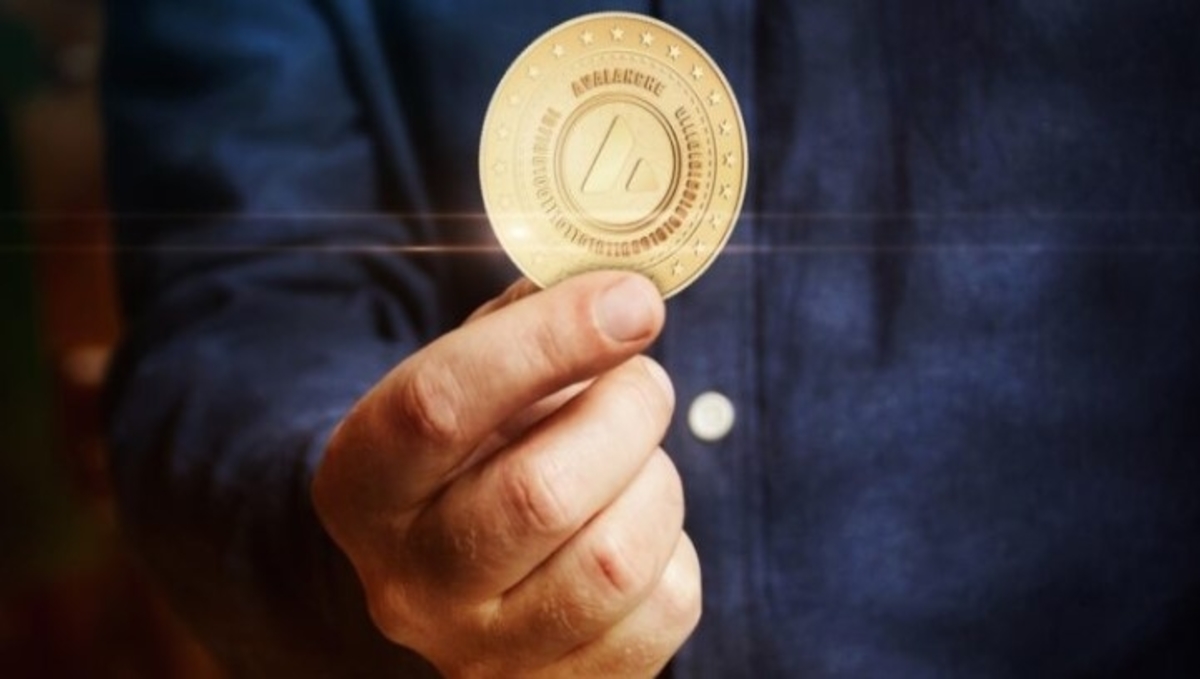As part of its move to expand its reserve, USD Coin (USDC) issuer, Circle, has begun plunging more money towards achieving its aim.
According to the stablecoin issuing firm, it has started investing a significant part of its assets into the Circle Reserve Fund. The latest development comes from a partnership between Circle and BlackRock, the world’s leading asset manager.
In addition, the move is part of the company’s drive to reduce risk and provide its coin holders with a guarantee on their funds.
As per a blog post on November 3, the reserve fund is a duly registered money market asset managed by BlackRock and supervised by the United States government. Furthermore, its portfolio consists of cash and short-term U.S. Treasury notes.
However, the fund is accessible only to Circle. The firm intends to use part of the gains to purchase additional Treasury holdings and lock them in the Circle Reserve Fund. The Bank of New York Mellon is the sole custodian of the fund.
The process became active on November 3 and will be concluded towards the end of the first quarter of 2023. Accordingly, the reserve fund and its operations have complied with the relevant authority’s approval.
Additionally, it is in line with the Investment Company Act of 1940. The act stipulates that all entities are subject to an independent agency inquiry and must record and report their daily portfolio holdings.
USDC Shows Low Popularity in the US
A recent survey data from the U.S.-based crypto exchange, Coinbase, shows that the USDC token is yet to be popular within the United States. However, the dollar-pegged stablecoin is currently the second-largest behind Tether USDT.
Moreover, Circle announced its plans to roll out USDC across five new networks in September. The stablecoin issuer revealed that support for the new blockchains is expected to be completed by the end of next year.
The new networks are Near, Polkadot, Arbitrum, Optimism, and Cosmos. However, the USDC rollout for Cosmos will go live at the beginning of 2023.
Interestingly, in early November, Circle was approved to offer payment services in Singapore. The license would allow the firm to issue crypto assets and facilitate local and cross-border transactions.
For most of the year, USDC has constantly competed with USDT for the top stablecoin. However, the coin hit the rocks in August and experienced a 5% decline.
On the other hand, Tether has been striving to gain lost ground and appears to have reversed its downward trend. Stablecoins went under intense pressure following the regulatory scrutiny they faced due to the crash of the Terra UST coin.
The demand for stablecoin is rising due to its flexibility in transactions. In the meantime, USDT, USDC, and BUSD are the leading stablecoins used by millions worldwide.
